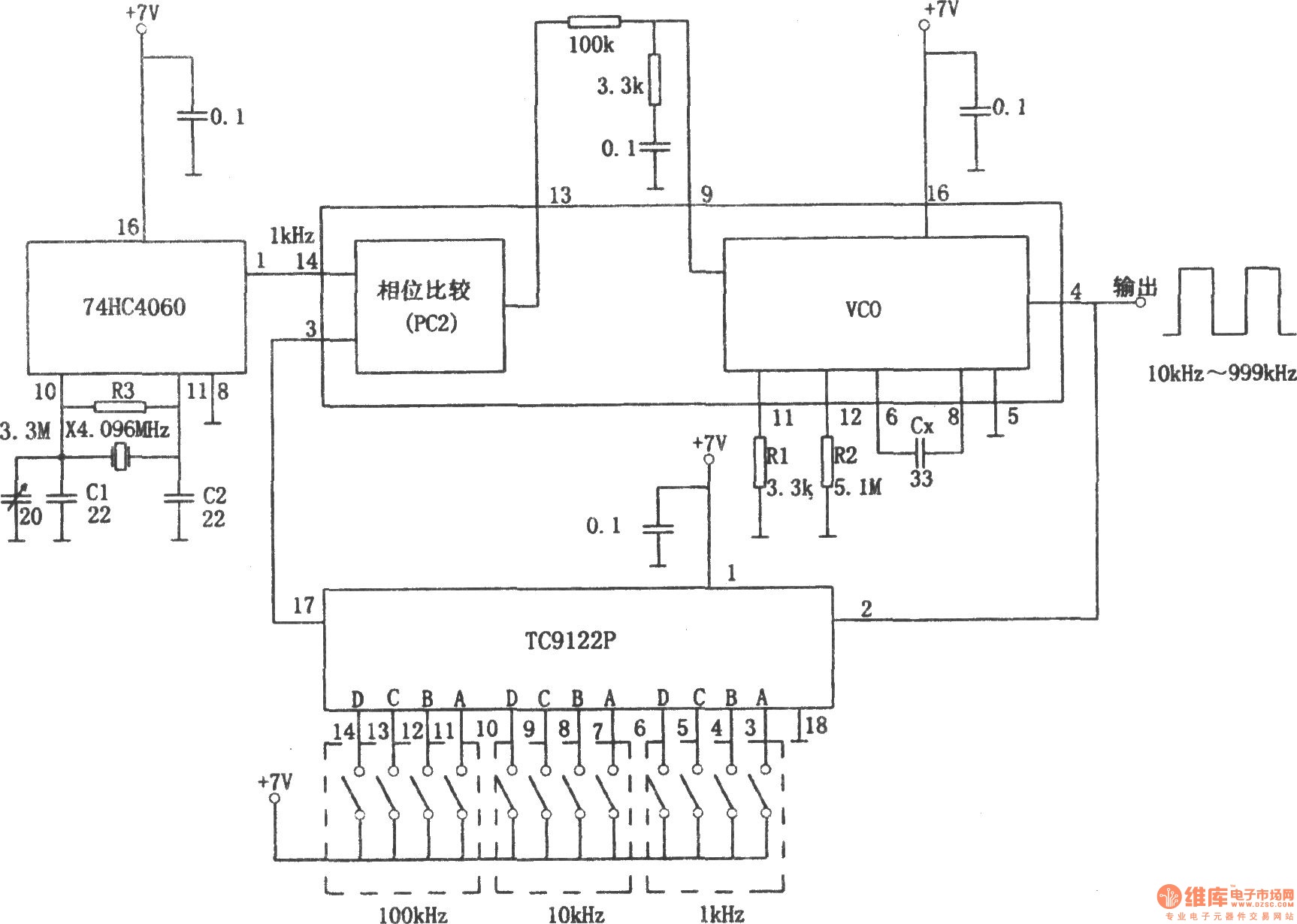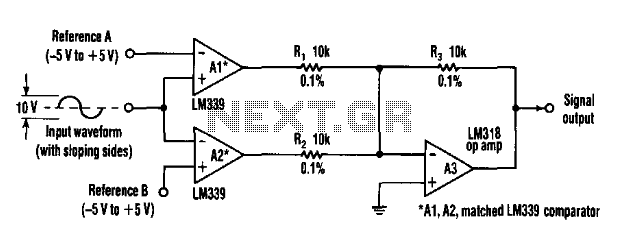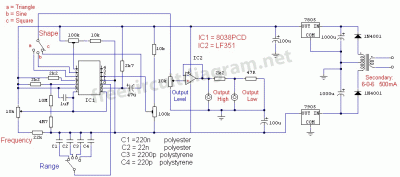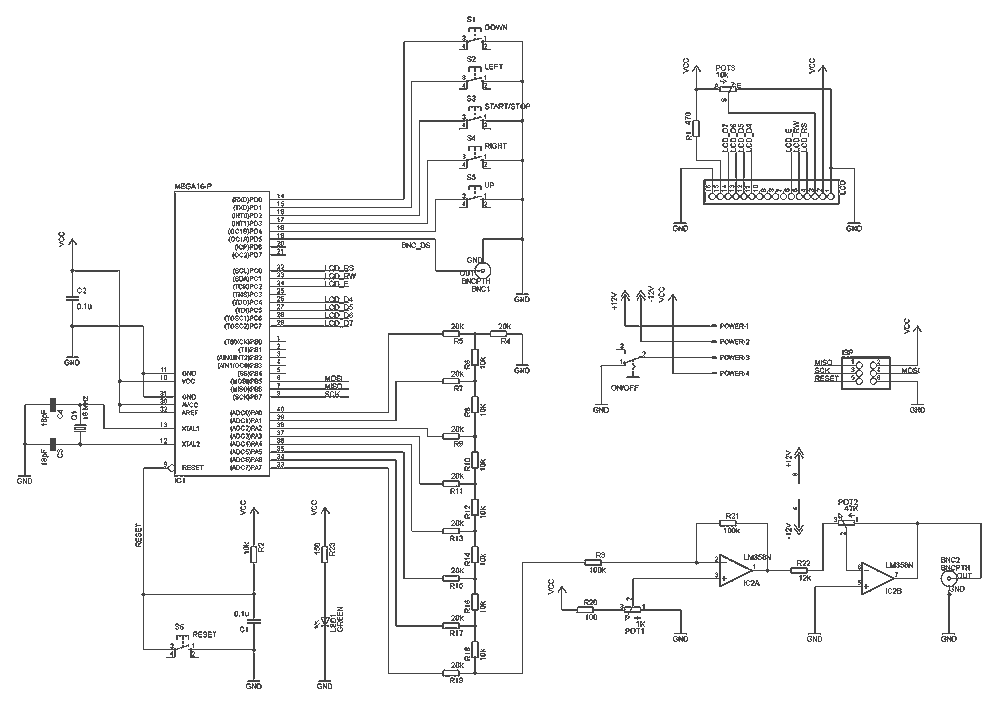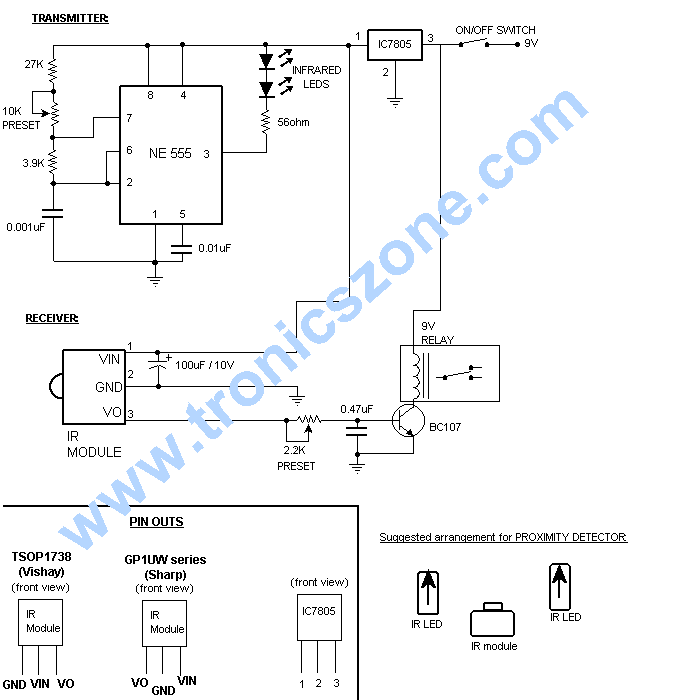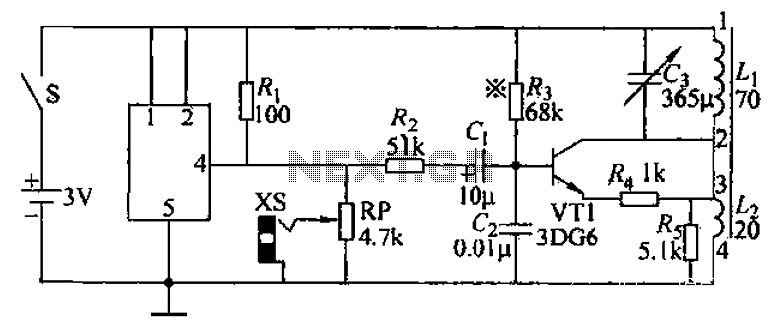
PAL colour bar generator

The first idea was to work with an 8.867238 MHz crystal (2 times the color carrier). When reading more about PAL video composite signal creation, it was found that to produce colors entirely in software, one must create the color carrier (4.43 MHz), change the phase of the color carrier four times (once for each color), to show four colors. Additionally, the color burst must be changed from 135 degrees to 225 degrees.
To design a circuit that utilizes an 8.867238 MHz crystal oscillator for generating a PAL video composite signal, the primary component is the crystal oscillator itself, which serves as the frequency reference. The crystal frequency is chosen to be double the color carrier frequency of 4.43 MHz. This frequency will be divided down to generate the necessary signals for color encoding.
The circuit can be structured using a phase-locked loop (PLL) that locks onto the 8.867238 MHz signal and generates the required 4.43 MHz color carrier signal. The PLL will include a voltage-controlled oscillator (VCO), a phase comparator, and a loop filter. The VCO will be configured to output the 4.43 MHz frequency, while the phase comparator will ensure that the output remains in phase with the reference signal from the crystal oscillator.
To achieve the four-color output, the circuit will implement a digital logic section that modifies the phase of the color carrier signal. This can be accomplished using a series of flip-flops or a microcontroller programmed to output the desired phase shifts. The phase shifts correspond to the different colors in the PAL format: for instance, the phase shift can be set to 0 degrees for one color, 90 degrees for the second color, 180 degrees for the third color, and 270 degrees for the fourth color.
The color burst signal, which is essential for synchronizing the color information in the video signal, must be adjusted from its standard phase of 135 degrees to 225 degrees. This can be achieved by adding a phase shifter circuit, which can be implemented using an analog phase shifter or by further manipulating the digital signal using a microcontroller.
In summary, the circuit design will encompass a crystal oscillator, a PLL for frequency generation, a digital logic section for phase manipulation, and a phase shifter for the color burst signal. This comprehensive approach will allow for the effective generation of a PAL video composite signal with accurate color representation.The first idea they was to work with 8.867238 MHz crystal (2 times the color carrier). When I read more about PAL video composite signal creation, I saw that, if you want to product colors entire-in-software you must to create the color-carrier (4.43 MHz), to change 4 times the phase of color-carrier (one time for each color), to show 4 colours. Except that, you have to change the color-burst from 135 deg to 135+90= 225 deg. 🔗 External reference
To design a circuit that utilizes an 8.867238 MHz crystal oscillator for generating a PAL video composite signal, the primary component is the crystal oscillator itself, which serves as the frequency reference. The crystal frequency is chosen to be double the color carrier frequency of 4.43 MHz. This frequency will be divided down to generate the necessary signals for color encoding.
The circuit can be structured using a phase-locked loop (PLL) that locks onto the 8.867238 MHz signal and generates the required 4.43 MHz color carrier signal. The PLL will include a voltage-controlled oscillator (VCO), a phase comparator, and a loop filter. The VCO will be configured to output the 4.43 MHz frequency, while the phase comparator will ensure that the output remains in phase with the reference signal from the crystal oscillator.
To achieve the four-color output, the circuit will implement a digital logic section that modifies the phase of the color carrier signal. This can be accomplished using a series of flip-flops or a microcontroller programmed to output the desired phase shifts. The phase shifts correspond to the different colors in the PAL format: for instance, the phase shift can be set to 0 degrees for one color, 90 degrees for the second color, 180 degrees for the third color, and 270 degrees for the fourth color.
The color burst signal, which is essential for synchronizing the color information in the video signal, must be adjusted from its standard phase of 135 degrees to 225 degrees. This can be achieved by adding a phase shifter circuit, which can be implemented using an analog phase shifter or by further manipulating the digital signal using a microcontroller.
In summary, the circuit design will encompass a crystal oscillator, a PLL for frequency generation, a digital logic section for phase manipulation, and a phase shifter for the color burst signal. This comprehensive approach will allow for the effective generation of a PAL video composite signal with accurate color representation.The first idea they was to work with 8.867238 MHz crystal (2 times the color carrier). When I read more about PAL video composite signal creation, I saw that, if you want to product colors entire-in-software you must to create the color-carrier (4.43 MHz), to change 4 times the phase of color-carrier (one time for each color), to show 4 colours. Except that, you have to change the color-burst from 135 deg to 135+90= 225 deg. 🔗 External reference
